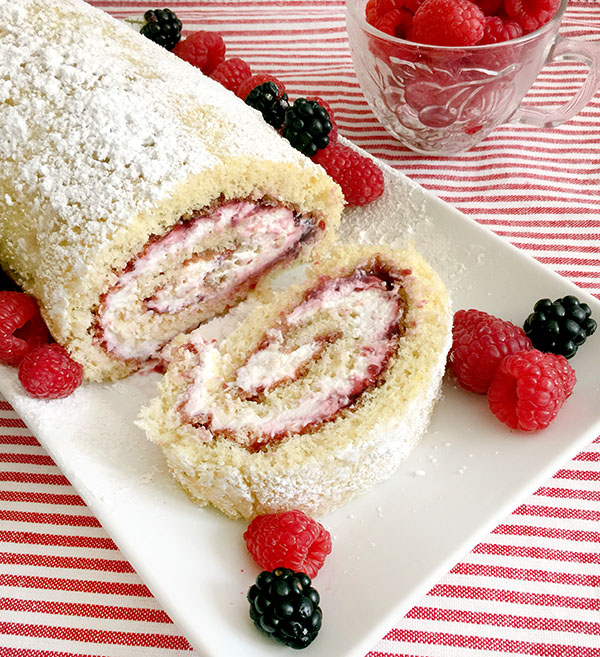
Not long ago, I looked up and another year at my blog — and in my life — had passed. We’d taken another 365 1/4 days of a circular trip around the sun. It was hard to believe I’d been at the blog for nine years and going on my own life’s journey for…well, a lot longer.
Most journeys are circular, whether we’d like to admit it or not. As much as we want to believe we are moving “forward†or “ahead,†we are simply going around, maybe orbiting out, only to eventually return to the center, whether we are comfortable with that or not. We always return, like spiders who build their webs in meandering lines and grids and still, what ends up being a web is almost always a rounded shape with the spider — and its heart in wait — in the center.
It’s not bad to circle back to the center, to go back, again and again to where we came from and then move out and away from that point as needed to gather and catch what we can to keep us going. Many cultures, like the American Indians, believe in the circle as the life pattern and see the life journey as a center from which we begin and eventually return.
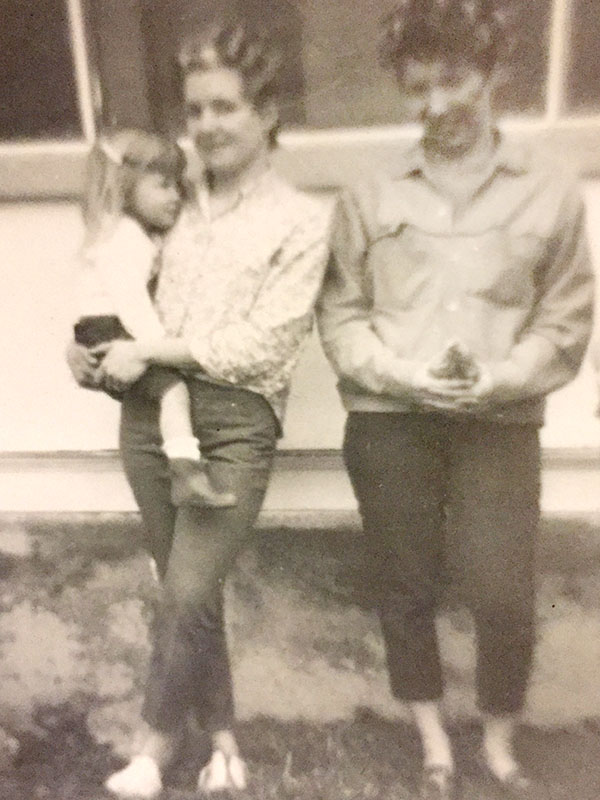
[I] didn’t know what kind of cake to make for the joint life celebration of my life and my blog’s this year. I didn’t know if I’d make cake at all. My own center, my heart, was in peril and the center of our family — my mother — was ill. I didn’t know myself without my mother and didn’t know what my world would be without her. If there seemed to be no center, which direction would one go?
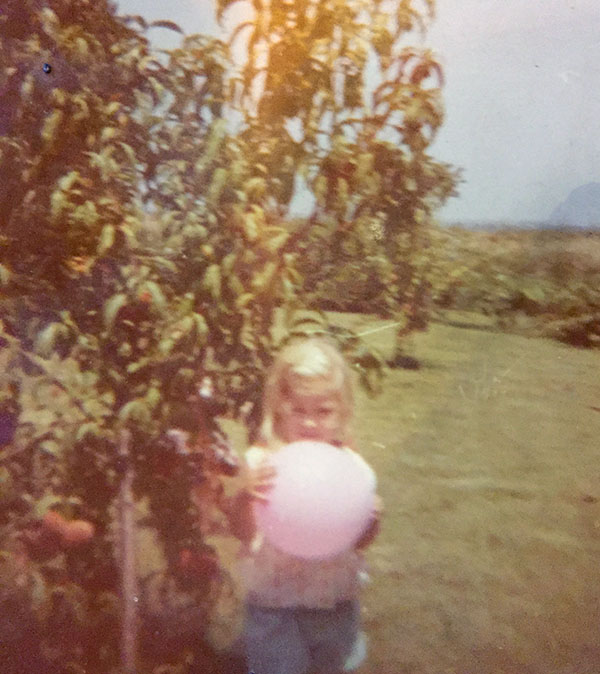
[O]nly a slow circling back out from the heart, as painful and seemingly impossible as that could be, was the only way. Even when she was ill and working hard to just speak and have conversation, she still asked the questions she always did, always had to make me feel as if I was some important, interesting and significant human being (good mothers do this, I know). She’d ask, as if we were as we always had been, having a fun chat on the phone…she’d ask: “Whatcha been baking.†I’d say, “Oh, I haven’t felt much like baking, and she’d say, “Well, you better make something…it always makes you feel better.†She was right; usually it did. But as my birthday (and the blog’s) came and went and the inevitable, yet unimaginable happened and my future birthdays would be without the person who brought me here, cake was the furthest thing from my mind.
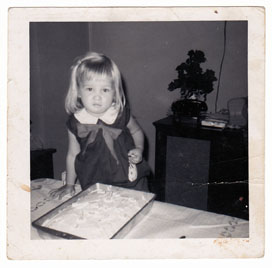
[S]he and I had talked about the cake I’d make, my big, baking to-do of the year, so she knew of my plans. Somehow, that did make them a real obligation.Still, in those waning August days, I felt like doing nothing, and certainly making a cake seemed ridiculous. Then, I remembered the story of a young mom on a farm and a kindly older neighbor who looked out for her. My mom had lost her mom so young that she accepted this motherly tending and in fact, learned a number of baking tricks in sessions where she and Marguerite, her neighbor/mother took to the kitchen and made cookies and cakes. They made jelly rolls (sometimes called “Swiss rollsâ€), my mother recalled, a near-impossible sounding process of spreading a long, thin sponge cake with jam and cream (or chocolate sponge cakes with whipped cream) and rolling it round and round. It had been this type of cake I had decided upon earlier in the year as my annual tribute.
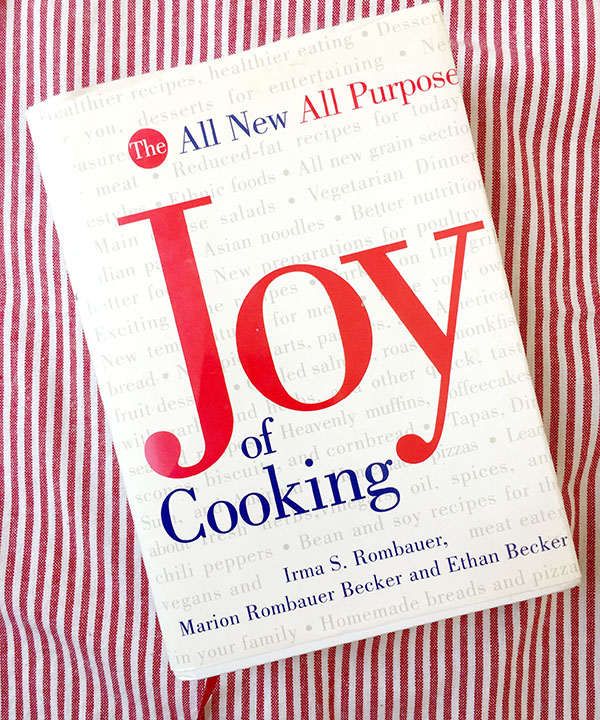
[M]onths before, I had purchased my special, sturdy jelly roll pan (15- by 10-inches) and other needed ingredients for the cake, and on a day when I felt like doing less than nothing, I steeled myself for a few hours of focus and cake-making. The cake recipe was adapted from the tried-and-true recipe from “Joy of Cooking,†and was recommended for rolling due to its light, springy texture.
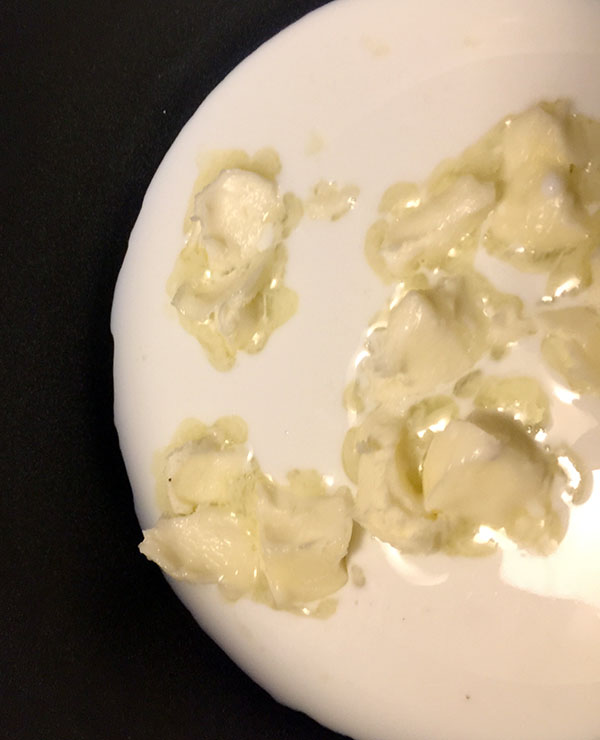
[T]he cake used an old-time method of a “Hot Milk Sponge,†where milk and butter are heated together to be added to the cake batter.
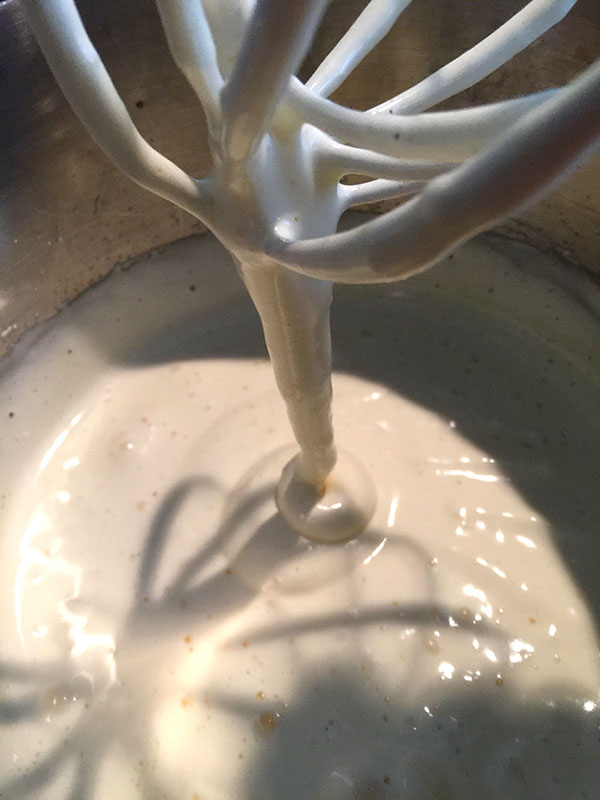
[T]o begin, eggs, egg yolks, sugar, vanilla and salt are beaten into a glossy batter that blooms up and turns pale, and flows, ribbon-like, from the better.
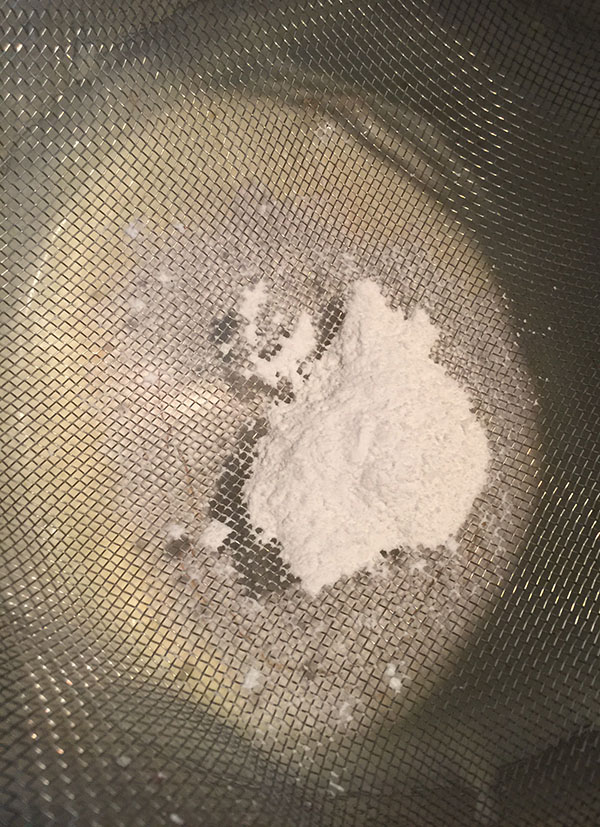
[F]lour and baking powder are sieved into the batter in thirds and folded gently in so as not to lose column.
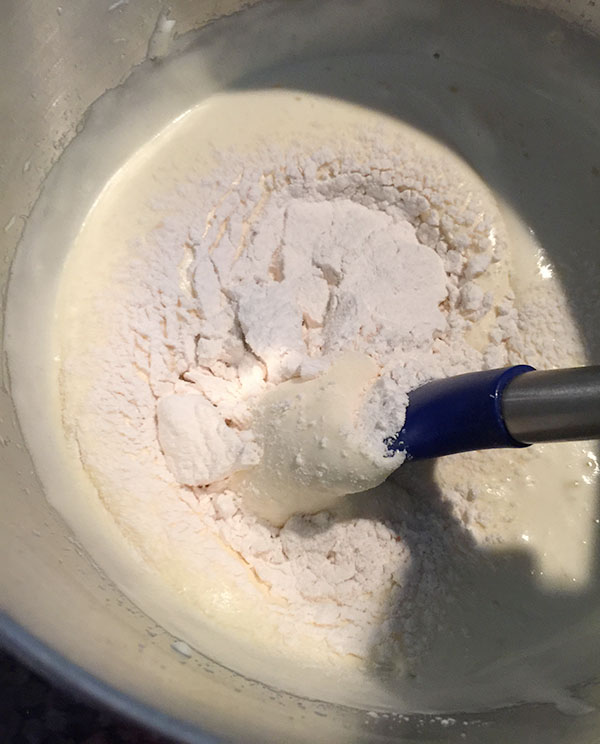
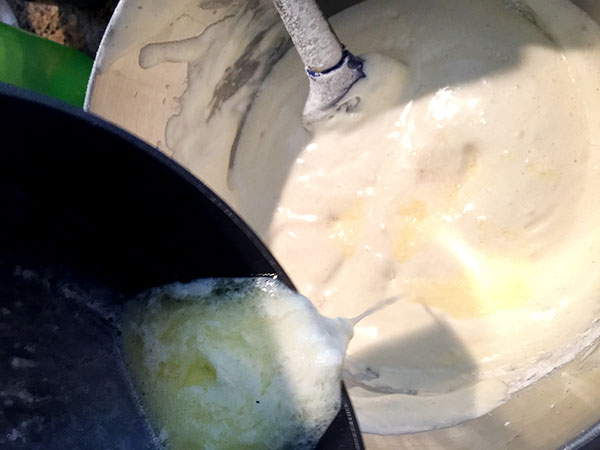
[T]he hot, buttery milk is poured over the batter and folded in.
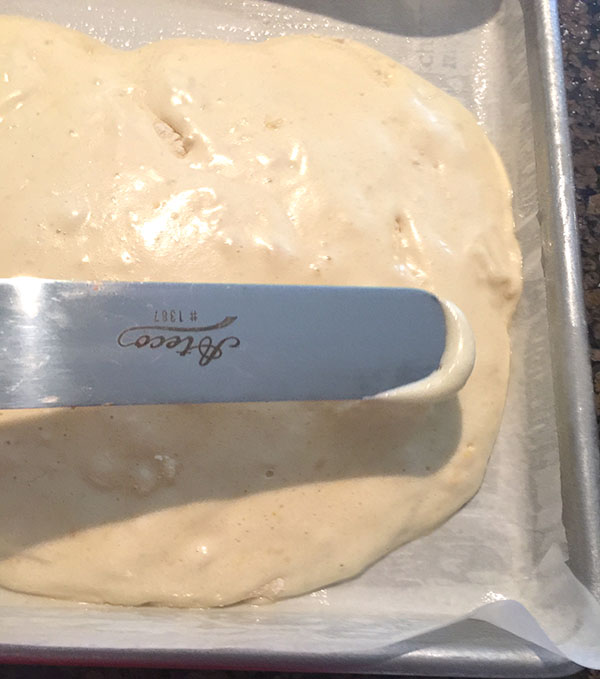
[T]he batter is spread in the buttered pan that also has a layer of parchment lining the bottom.
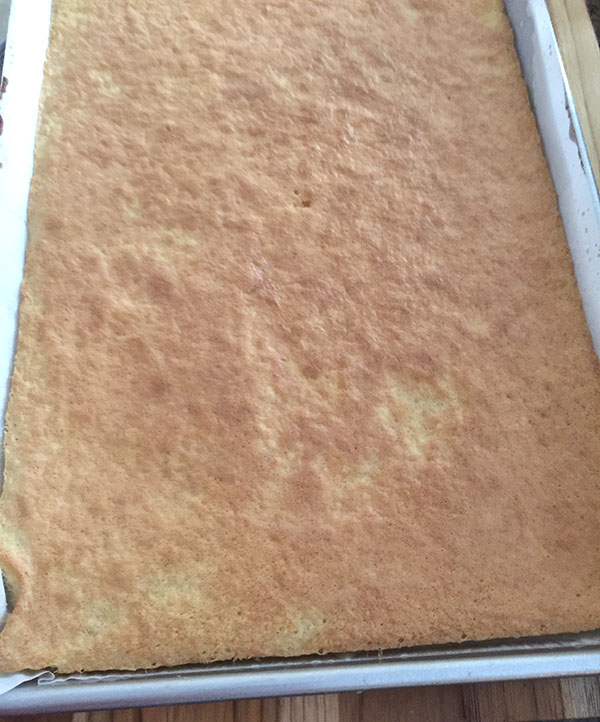
[V]anilla cake baking…it’s one of my top three baking smells for the home (the other two being roasting chicken and homemade white bread). I took in the air. Even (and especially) cake-baking can provide some temporary relief (and is another center to which to return as needed). The finished cake was a delightful golden that reminded me of the egg-y round layers my mother used to make for strawberry shortcake.
[H]aving never rolled a cake before (my sister is actually a master at the pumpkin roll), I had studied different recipes and how some advise rolling the cake while it was hot to create a “sense memory,†so the cake can be unrolled once cool, filled and easily roll back without cracking. My particular recipe (which I did trust) had me cooling the cake layer, then filling and rolling. Nervous (always nervous with cake), I was determined to do my best. I read that cracking would happen early, as you first ventured out from the center, then would get sturdier the more times you want around. Hmmmm.
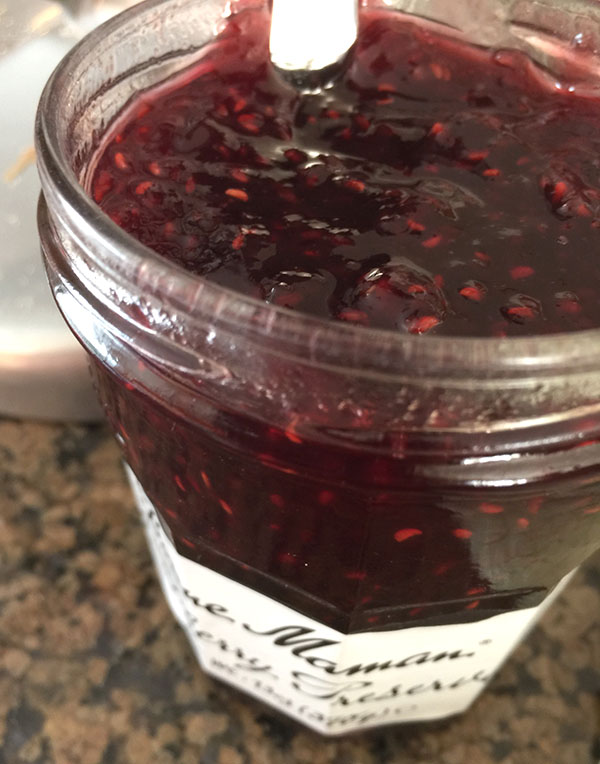
[I] could have filled my roll cake (or, in fancier terms, “rouladeâ€) with anything — lemon, orange, layers of chopped fruit and cream. I remembered those simple tastes of Little Debbie cake rolls, with strawberry jam and simple vanilla cream. I picked a fine raspberry jam to use.
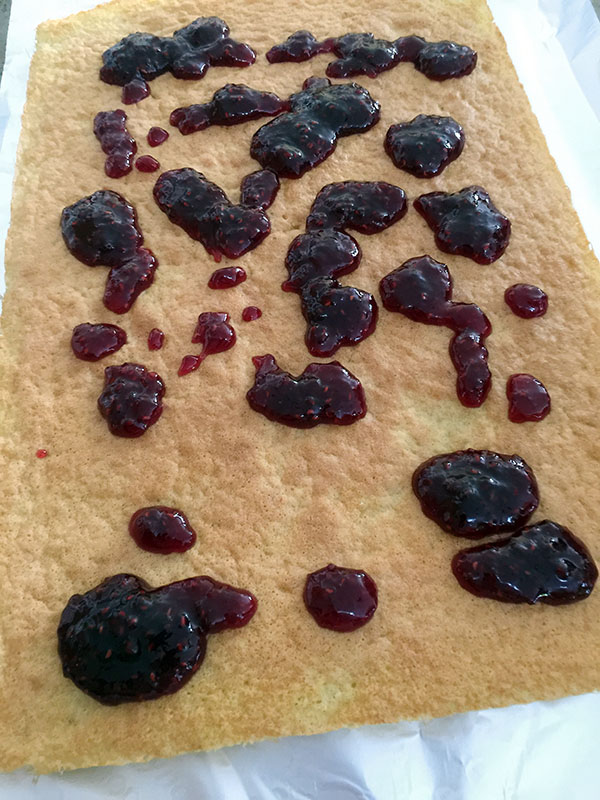
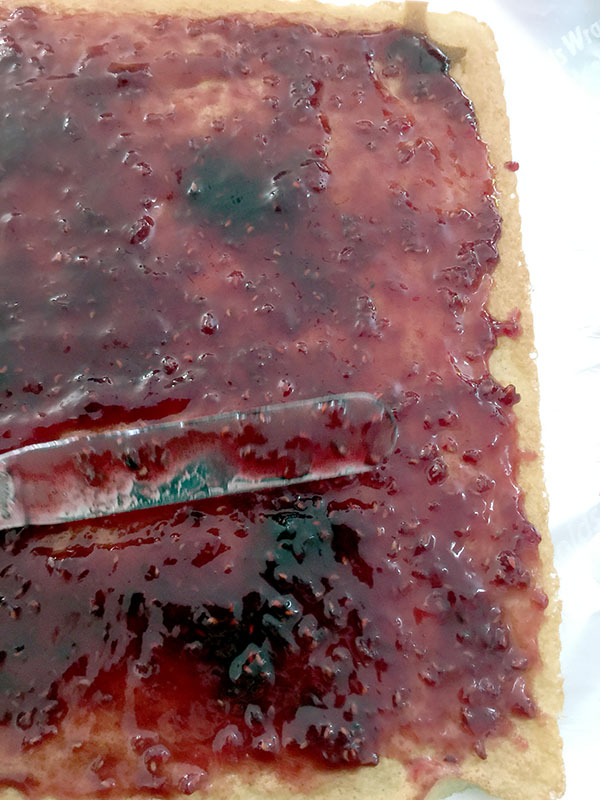
[T]he jam spread easily across the surface of the sponge cake, a beautiful ruby layer.
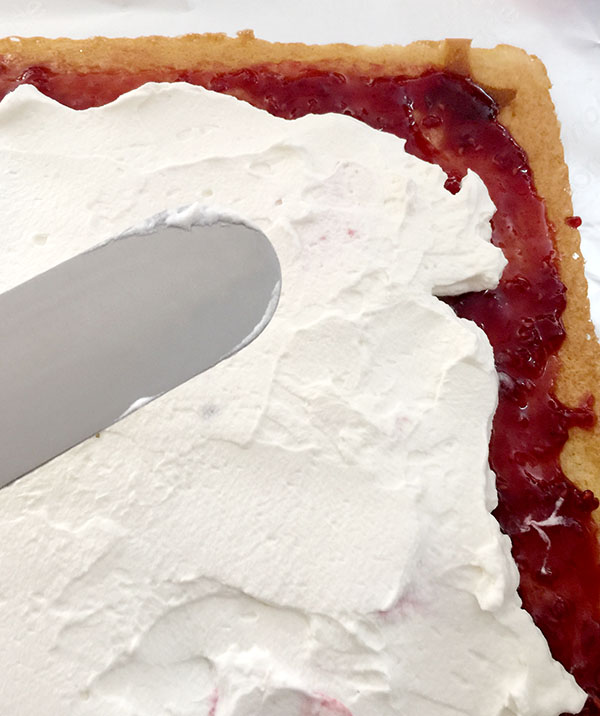
[I] made a simple whipped cream, sweetened slightly with confectioner’s sugar and flavored with a little vanilla. Then this snowy layer went over top of the jam.
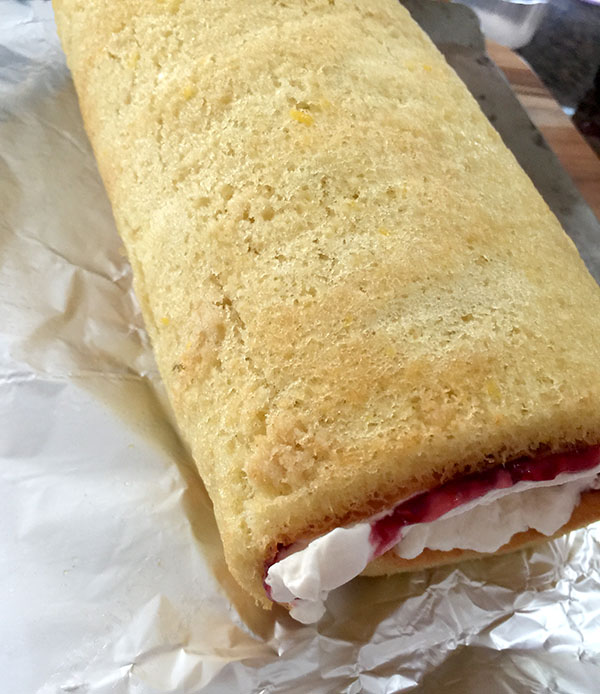
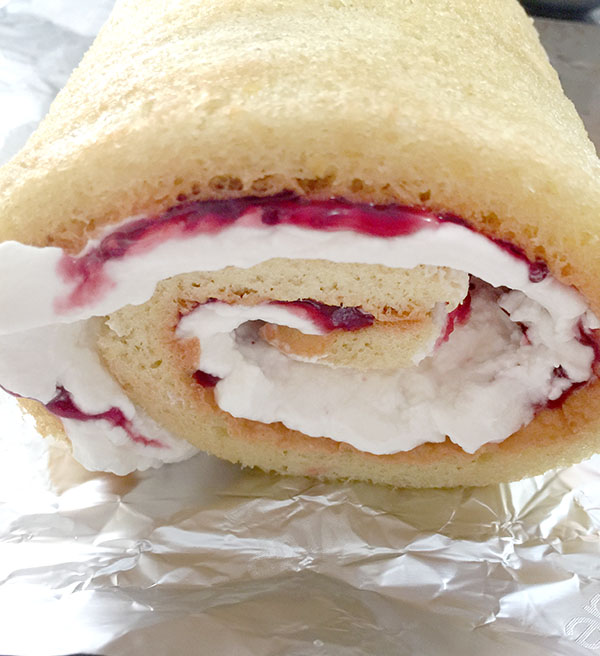
[M]y actual cake-rolling went undocumented (photographically speaking) until the finale. It was slowly, carefully, delicately going, with special attention paid to making the center tight and sturdy and strong — everything else depended on that. My finished roll (only slightly cracked, and even then, still beautiful), appeared somewhat remarkably decent for this aging first-timer who finds herself starting from the beginning on a regular basis.
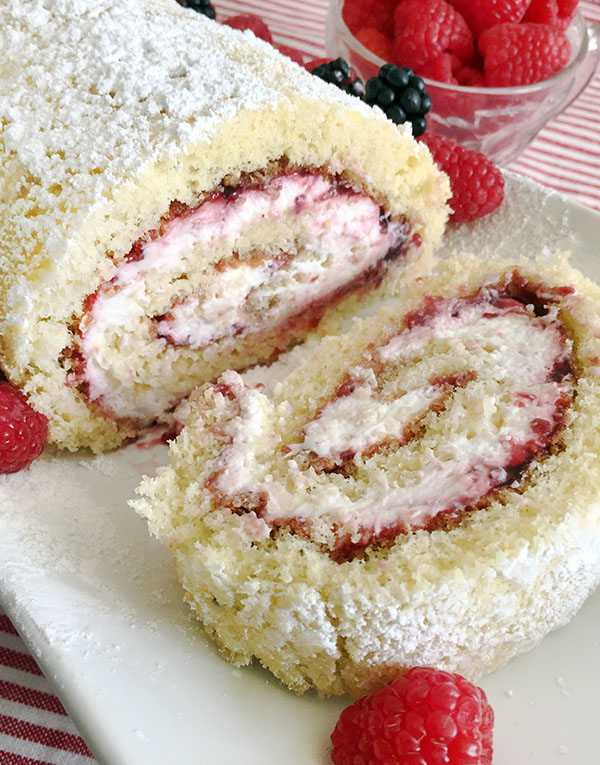
[L]ater, after a chill, a dusting of confectioner’s sugar (my favorite cakes are mostly frosting-free) and a scattering of fresh berries. The final adornment, the requisite candle and a wish, which was a bit of a struggle at first, then was made upon the simplest that anyone would hope for. Before blowing out my candle (and eating a cake that was as simply good as any I had ever made), I imagined in the glow two cake bakers who had gone before, their smiles the nudge for me to move out from the center (slowly, carefully, deliberately, appreciatively) and to return as often as I needed.
Rebecca’s Raspberry Roulade Cake
Makes one roll, 6 to 8 servings
For the cake:
- 3/4 cup plus 2 tablespoons all-purpose flour
- 1 teaspoon baking powder
- 3 large eggs, at room temperature
- 3 large egg yolks, at room temperature
- 3/4 cup granulated sugar
- 1 teaspoon pure vanilla extract
- 1/8 teaspoon salt
- 1/4 cup whole milk
- 2 tablespoons unsalted butter, cut into smaller pieces
- For the filling:
- 1 cup raspberry jam or preserves
- 1 cup heavy whipping cream
- 3 tablespoons confectioner’s sugar, plus more for dusting cake
- 1 teaspoon vanilla
- Fresh raspberries for decoration (optional)
Butter (or spray with baking spray) and line the bottom of a 15- by 9- or 10-inch rectangular pan with parchment.
Position a rack in the lower third of the oven, and heat to 400°F.
Whisk the flour and baking powder in a medium bowl.
With an electric mixer (hand-held or a stand mixer fitted with a paddle attachment, beat the eggs, yolks, sugar, vanilla, and salt at high speed until the mixture has tripled in volume and forms a ribbon from the beater, 4 to 6 minutes.
Meanwhile, heat the milk and butter in a small saucepan over medium heat until very hot but not boiling.
Using a fine-mesh sieve, sift one-third of the flour over the egg mixture. Fold with a large spatula until the flour is blended into the batter. Repeat with two more additions.
Pour all of the hot milk mixture over the batter and fold gently with the spatula, scraping the bottom of the bowl and rotating the bowl as necessary until all is incorporated. Pour the batter into the baking pan and spread evenly.
Bake until the cake is golden and a tester inserted into the center comes 10 to 12 minutes. Set the pan on a rack to cool. After the cake has cooled completely, carefully run a small knife or offset spatula around the inside of the pan. Invert the pan to remove the cake, and peel off the parchment liner. Turn the cake right side up on a layer of nonstick aluminum foil or a sheet of parchment.
Using a pallet knife or offset spatula, spread an even layer of the jam over the cake layer.
Add confectioner’s sugar and vanilla to cream in the bowl of an electric mixer with a whisk attachment. Beat cream until just about stiff (don’t overheat). Carefully spread an even layer of the whipped cream over the jam layer on the cake.
Using the foil to aid you, carefully begin rolling the cake from one narrow end. The cake may crack initially, but continue to roll evenly around the filling until your are at the end. Place the cake, seam side down on a plate and cover with foil. Chill at least one hour. Sprinkle with confectioner’s sugar and decor with berries and serve by using a sharp knife to slice in 1 to 1-1/2 inch slices.
This cake is best served within 24 hours of making.